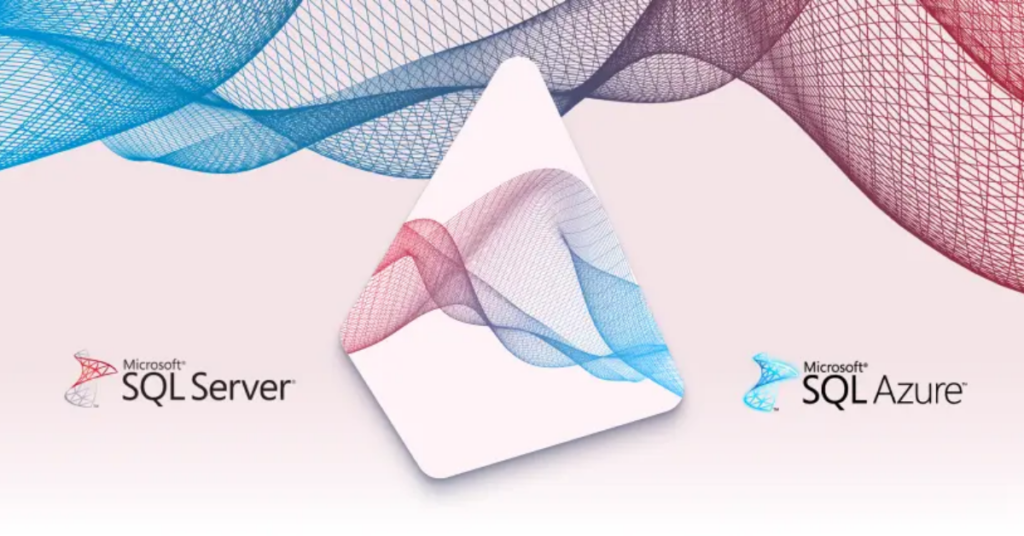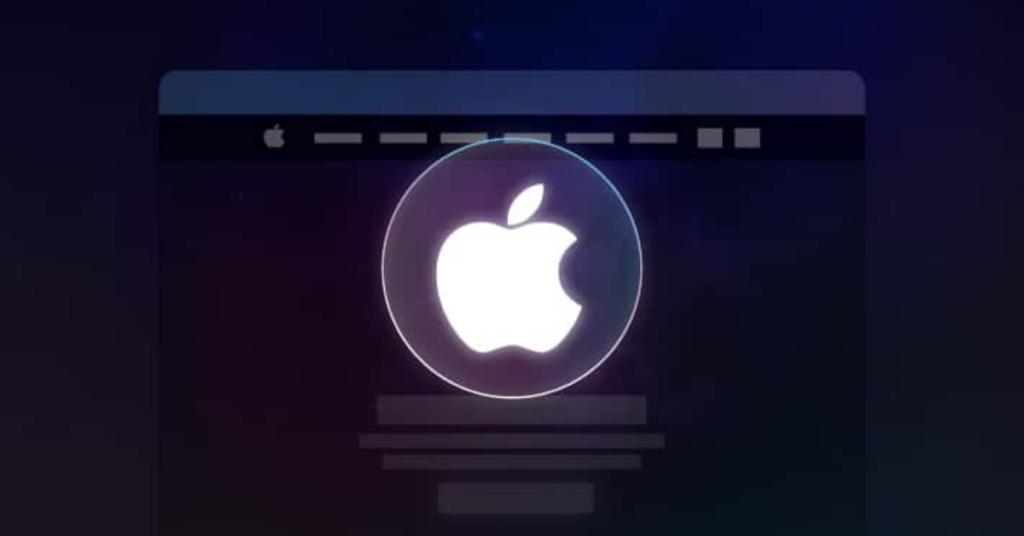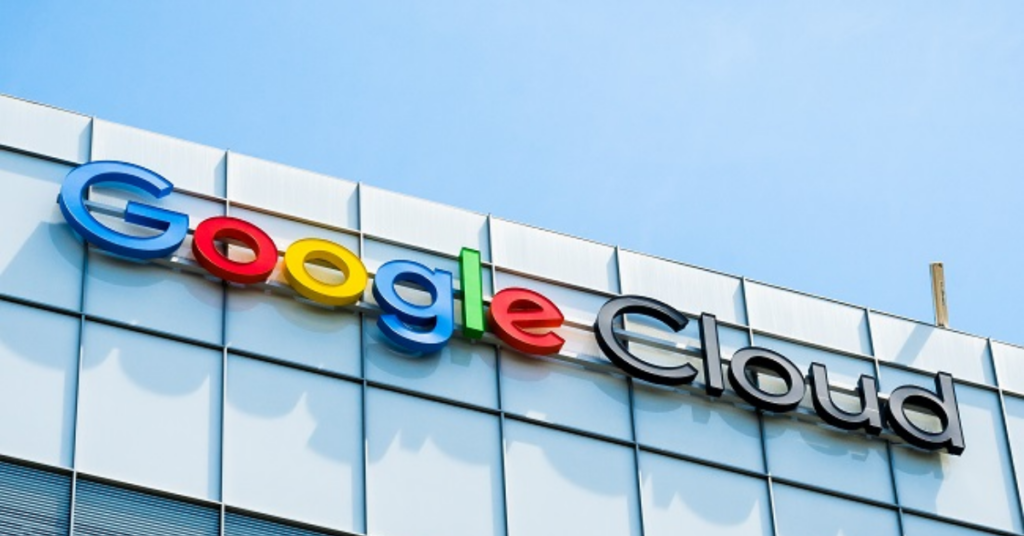Embracing Change: The Future of Windows 10 Support
In the dynamic realm of technology, constant evolution is the norm. The recent announcement by Microsoft about the end of support for Windows 10 is a clear reminder of the current situation. Given the potential impact on 1.4 billion users, this is a critical time for businesses to evaluate their digital infrastructure and security measures. It goes beyond a routine upgrade cycle and demands careful consideration.
The Dangers of Falling Behind: The Consequences of Inactivity
Let’s get straight to the point: keeping Windows 10 after Microsoft ends support is not only risky, but also highly irresponsible. It is crucial to stay vigilant against the constantly changing threats in the digital landscape. Neglecting regular security updates leaves your systems vulnerable to cyber attackers, putting your organization at risk. Timing is crucial in this matter.
Now, I can already sense the reluctance from IT departments and the concern from finance teams considering the expenses. Indeed, implementing Windows 11 across an entire organization is a substantial endeavor. But let’s look at it from a different perspective: it’s not just a cost, but rather a strategic move to ensure your company’s long-term resilience and competitive edge.
Security, Performance, and Future-Proofing: The Strategic Imperatives
Here’s why this is significant:
1. Emphasizing the importance of security: In today’s fast-paced business landscape, the significance of strong cybersecurity cannot be overstated. With the potential to devastate businesses in a matter of hours, it is crucial to prioritize and invest in robust security measures. Windows 11 offers robust security features that effectively safeguard against contemporary threats, ensuring enhanced protection for users.
2. Enhancing performance: Windows 11 offers more than just a surface-level makeover. Our solution is specifically engineered to maximize efficiency, ultimately enhancing productivity throughout your entire organization. In the fast-paced world of business, every second counts, and even minor improvements in efficiency can have a major impact on the company’s financial performance.
3. Embracing the future: By transitioning to Windows 11, you’re not only addressing current challenges, but also positioning your company to capitalize on upcoming advancements. As the technology industry continues to evolve, those who are quick to embrace the latest innovations will have a competitive edge.
4. Retention and allure of talent: It is not advisable to underestimate the influence of antiquated technology on employee satisfaction. Highly skilled professionals in the IT industry have a strong desire to collaborate with the latest and most advanced technologies. Using outdated systems can give the impression that your company is not keeping up with the latest technology trends.
Achieving Success: A Strategic Approach to Windows 11 Migration
So, what’s the strategy? Here’s a guide for leaders aiming to navigate this transition successfully:
1. Perform a comprehensive inventory: Prior to mapping out the path, it is crucial to have a clear understanding of the starting point. Assess your existing hardware and software ecosystem to determine compatibility with the latest Windows 11 version and identify any necessary replacements.
2. Take a gradual approach: Just like Rome wasn’t built in a day, your migration to Windows 11 should be a well-planned process that doesn’t happen overnight. It would be wise to conduct a pilot program with a small group of users prior to implementing it across the entire company. This enables you to address any issues in the process.
3. Prioritize training: Embracing change can be challenging, but providing comprehensive training can help ease the transition. Make sure your team is familiar and at ease with the new interface and features to ensure productivity remains high during the transition.
4. Evaluate and revise security policies: Utilize this transition as an occasion to reevaluate your organization’s security posture. With the latest updates in Windows 11, you’ll have the opportunity to enhance your security measures and ensure a more robust level of protection.
5. Develop a long-term strategy: This upgrade cycle serves as a reminder that technology is constantly changing. Ensure that your IT strategy is designed with the necessary flexibility to easily adapt to future changes.
Taking the Lead: Seizing the Opportunity
Keep in mind, this goes beyond simply maintaining operations—it’s about positioning your company for long-term prosperity. Successful companies in today’s fast-paced digital landscape understand the importance of embracing technology as a powerful tool for driving growth and fostering innovation.
Indeed, there will be obstacles to overcome. Indeed, there will be expenses involved. However, the consequences of not taking action are much higher. By embracing this change proactively, you are not only enhancing the operating system, but also elevating your company’s capacity to compete, innovate, and thrive in an ever-evolving digital landscape.
Time is running out. It is imperative to take action immediately. Our rivals are making their moves. Will you be at the forefront of driving innovation and setting the pace for the future, or will you find yourself struggling to keep up?




